
Tried & tested (and given the thumbs up) by our Ed-in-Chief
With a cultural and historical line-up to rival the biggest cities, and some of the best places to eat, drink and stay outside of London, Reading as a weekend destination rocks – and it surprised us, too.
Reading probably doesn’t take centre stage on your short break list. It wasn’t on ours until we went for a recent weekend, truth be told. For us, Reading was synonymous with its big, loud and messy music festival, a steel and glass business district packed with important men in important suits and a train station. Shame on us for underestimating it.
Because, as it turns out, Berkshire’s biggest town (it isn’t a city, yet) ticked many boxes on our weekend away checklist: quirky sights, such as Banksy’s escaping prisoner artwork; fascinating secrets, such the town’s little known ‘biscuit’ heritage; award-winning dining, like that served up in The Reading Room, a slick restaurant housed within the elegant Roseate Hotel; and unforgettable experiences, such as a cruise on the mighty Thames River or a sun-soaked dip at the town’s ultra-hip Thames Lido.
As well as being one of the best-connected towns in the UK (it’s only 22 minutes from London Paddington), Reading is also highly navigable with diverse attractions all within walking distance from one another. Meaning it’s free from all the drawbacks of traversing a big city.


Plus, it’s home to two heavyweight historical treasures that are worth a visit alone: a full-sized replica of the Bayeux Tapestry, created in the 18th-century by Victorian embroiders. And Reading Abbey ruins, the honey-coloured remains of one of the most magnificent churches in Europe and a hugely popular destination for pilgrims on the Camino de Santiago – one of the world’s oldest and best-known international pilgrim routes.
In short, Reading has a voice of its own that should be heard over the music festival it’s probably most famous for. Indeed, the town has undergone much cultural investment of late and is now ready dance to its own beat.
To hear what it has to say, slip away from the Reading festival goers and unfollow the crowd. It may not be the rock and roll you’re used to, but we’re sure you’re gonna like it.
This article has been produced in partnership with Living Reading
Saturday in Reading
1. See the full-sized replica of the Bayeux Tapestry in Reading Museum
With its long turrets and towers, gothic arches and medieval lancet windows, Reading Museum (housed with the town’s striking Victorian town hall) is hard to miss as you make your way into the town centre.
Head inside for three impressive floors of exhibitions and galleries brimming with historical and artistic objects, both local and global. The headline act, in our opinion, is the incredible 70m Victorian faithful replica of the Bayeux Tapestry. It was made by 35 skilled Victorian women embroiderers in 1885 (taking them a year to complete) and depicts the events leading up to and including the Battle of Hastings in 1066.
You’ll need a solid hour to examine it all, zooming in on the skilful needle work and absorbing the exquisite detail that unfurls, stitch-by-stitch, for 13 chapters across two rooms. But, trust us, it’s worth it.
Don’t miss: The original Bayeux Tapestry is famous for its naked men showing all their ‘coddangling’ glory. Rather amusingly, the Victorian seamstresses protected the men’s modesty and stitched pants onto the figures, cleaning up their version of the tapestry for more sensitive Victorian eyes.
You might also like: Reading was once known as the ‘biscuit town’ and its story is told in the rather tasty Huntley & Palmers’ gallery inside the museum. Huntley & Palmers were world-famous biscuit makers who started life as a small bakery in London Street in Reading. By 1900, it was the biggest biscuit factory in the world with its own railway system connecting to the Great Western Railway. Make sure you check out the Huntley & Palmers’ biscuit tin collection with nearly 300 decorative tins, including a biscuit supplied to Captain Scott’s ill-fated Antarctic expedition.
2: Stand under Abbey Gateway where Jane Austen once studied
A few metres away from the Abbey ruins, also set within the Abbey Quarter, is the Abbey Gatehouse – a Grade I listed Gateway overlooking Forbury Gardens. The gatehouse once led to the Abbot’s lodgings, separating the more private aspects of religious life from the public ones.
In the 1560s, Queen Elizabeth I turned the Abbot’s house, which stood just through the Gateway, into a royal palace. After Elizabeth’s death, the palace fell out of use and eventually new houses were built alongside the Gateway. One of them was home to the Reading Ladies’ Boarding School in the 18th century – also known as the Abbey School – which used the Gateway as a classroom.
The pupils of the Abbey School included a little girl called Jane Austen (who spent 18 months at school in Reading, between the spring of 1785 and December 1786). Although little is known about Reading’s impact on the young Jane, the school could’ve been used as a model in her novel, Emma, in which she wrote about “a real, honest, old-fashioned Boarding-school”.
3: Peek up at the cell in Reading Gaol where Oscar Wilde was imprisoned
Standing squarely next to the abbey ruins, its Victorian red-brick exterior a hard contrast to the soft yellow stone of the ancient Abbey, is Reading Prison (formerly Reading Gaol). Now closed, the prison was built in 1844 and housed prisoners, young offenders and prisoners of war during World War II.
Its most famous resident was the poet and playwright, Oscar Wilde, who spent two grim years incarcerated in Reading Prison from 1895-97 over his affair with Lord Alfred Douglas. Wilde’s cell is C. 3.3, a bare oblong room of painted brick. Although you can’t visit his cell or tour the prison today, staring up at the prison’s thick forbidding walls and the small latticed window of Wilde’s cell is enough to make chills run down your spine.
Don’t miss: To get a true glimpse of prison life, courtesy of Mr Wilde, grab a copy of The Ballad of Reading Gaol. Written by Wilde and published in 1898, the poem captures the grim reality of life within this Victorian penal institution, describing the hanging of Charles Thomas Wooldridge for the murder of his wife.
You might also like: Stroll along the short Oscar Wilde Memorial Walk by the River Kennet, created by artist Bruce Williams in collaboration with Reading Council. Make your way up to the memorial gates, passing the railings inscribed with Wilde’s words. Make sure to stop at the love seats or the wood and stone bench, which are the same size of Wilde’s prison bed.
(Ariel pic credit: Reading Chronicle)
4: Check out the Banksy artwork on the side of Reading Gaol
On a dark February night in 2021, the world’s most famous street artist, Banksy, paid Reading Prison a visit. His artwork of a prisoner escaping down a rope made of bedsheets tied to a typewriter was confirmed as his in March. Since then the piece entitled, Create Escape, has garnered a lot of attention.
Many in Reading believe Banksy created the art as a symbol of his support for the campaign to save Reading Gaol and turn it in to a creative cultural and arts hub (the site is for sale and its future is the focus of fierce debate).
Whether it’s a statement of advocation or not, the piece is striking in its own right and definitely worth a detour. Find it on the outer wall of the former prison, facing the Forbury Road.
5: Sink into a delicious 3-course meal at the award-winning Reading Room
The Reading Room restaurant in the Roseate Hotel doesn’t give a lot away on first appearances. The muted interior colours, soft lighting and understated furniture seem to suggest you’re in for a modest dining experience. Nothing could be further from the truth.
Settle in for a long, relaxing dinner and sink into a seasonal a la carte menu that speaks volumes about the talents of Head Chef, Rajesh Maharjan. Every dish of our 3-course meal was unforgettable: fresh, thrilling ingredients full of flavour and presented with the utmost skill and elegance.
My seared Orkney scallop starter was the best I’ve ever tasted. And I didn’t want my pan-fried seabass main to end; the crisp skin and flaky meat gone in a flash because my tastebuds demanded it. As for dessert: the vanilla panna cotta sent me into the sweetest orbit that I still haven’t come down from to this day. (Mains start from £17, seven-course taster menu £69pp.)
No wonder the restaurant itself is so low-key: the food here is truly excellent and good enough to stand on its own two feet. No additional fanfare needed.
Don’t miss: The Reading Room Bar has a vast and varied drinks menu. Take a seat before dinner to sample one of their signature cocktails (named after famous books), such as Catch 22 – rose and grapefruit vodka, white vermouth. Or Oscar’s Enigma – rum, maraschino, lime and grapefruit juice.
Sunday in Reading
1: Wander through 900-years of history in the Abbey Ruins
Reading was once home to one of Europe’s largest royal monasteries and the fourth largest church in Britain: Reading Abbey. It was King Henry I who ordered the building of the Abbey in 1121 as his final resting place, sparing no expense creating a magnificent church fit for his body and soul. Unfortunately, he never lived to see it completed, dying in 1135 in Normandy but smuggled back to Reading to be buried before the high altar in the Abbey.
Seek out the golden ruins of the Abbey in Reading’s historic Abbey Quarter, between the rivers Kennet and Thames. As you wander the skeletal structure, you’re treading 900-years of history, following in the footsteps of royalty and martyrs: Thomas Becket, Archbishop of Canterbury, consecrated the Abbey in 1164; and Elizabeth I was a frequent visitor when the Abbey became a royal palace after the dissolution of the monasteries in the 1530s.
Don’t miss: Stand in front of the stone memorial plaque installed in 1921, marking the possible area where King Henry I still lies to this day. He was the only monarch to be buried at Reading Abbey and there’s a lot to suggest he remains somewhere in the Abbey grounds, probably under a more modern construction like the small Victorian school building that now is used as a day nursery.
You might also like: Since its reopening in 2018, the open spaces in the Abbey ruins hold various events throughout the year, including open-air plays, music events and talks and tours. Check out the schedule here to see what’s happening and when.
2. Follow medieval pilgrims along the St James’ Way, part of the Camino de Santiago
For medieval pilgrims, Reading was extremely rock and roll. Reading Abbey held an extensive collection of relics, of which the mummified hand of St James the Apostle was the most important.
Every year on the feast of St James, medieval pilgrims flocked to Reading Abbey to see the relic and start their pilgrimage to the place of burial of St James himself, the Cathedral in Santiago de Compostela in Galicia, north-west Spain.
Today, the St James’ Way is a long-distance walk of 68.5 miles running from Reading to Southampton, and forms part of the Camino de Santiago – one of the most travelled long-distance walking routes in the world with over 350,000 pilgrims a year.
Plot your way around Reading’s significant pilgrimage sites with the Reading for Modern Pilgrims guide, map, and passport, beginning at St James’ Church (the starting point for the St James’ Way). You can get your Camino passport stamped at St James’ Church as the starting point of the trail, once you have explored Reading’s medieval heritage sights via the leaflet. If you fancy taking on the whole of the St James’ Way you’ll be pleased to know it is mostly flat.
Don’t miss: Pilgrims to Reading adopted a round badge of three scallop shells, the emblem of St James and of those on a pilgrimage to Santiago. Keep your eyes peeled to spot them in and around Reading’s Abbey Quarter.
3. Make a splash at the stunning Thames Lido, followed by tapas lunch
The Thames Lido is something special indeed. Forget the noisy, kid-filled, plaster-ridden lidos that you may have been to in the past, because this place is a world apart. Built in 1902 as the Ladies Swimming Bath, it is believed to be the oldest surviving outdoor municipal pool from the Edwardian period.
Closed and unused since 1974, its future hung in the balance until the team behind Bristol Lido rescued and refurbished it turning it into a beautiful, private space to come for a few hours or an entire day. Completely shielded from the prying eyes behind red brick walls, the inner sanctum is a stunning open-air retreat, featuring a 25-metre heated infinity pool, outdoor hot tub, fabulous Spanish and Mediterranean glass restaurant and bar, massage rooms, sauna facilities and showers.
Once inside, you feel truly closeted from the urban every day. The Scandi-inspired bare wood, modern nautical designs and candy colours mix perfectly with the original Edwardian architectural features.
It’s calming and restorative and there’s always some interesting detail to gaze at as you sip your coffee poolside or chill in the hot tub, with your very own patch of sky overhead.
Don’t miss: The tapas lunch served poolside is fabulous. The menu is packed with wonderfully creative choices (that change on a seasonal basis), with dishes built to compete with the beauty of your surroundings. The bright, breezy service is also fantastic – nothing was too much trouble or took too long – and the tapas prices are very tasty, too (from £4 a pop). A return visit is definitely on the cards. For one of the Lido’s packages (swim + eat packages are available, from £35pp).
4. Sail into Wind in the Willows country on a sight-seeing cruise
Reading is a waterfront destination and comes with all the riverside experiences you could wish for: cruises, narrow boating, rowing and wild swimming. The mighty River Thames flows a few hundred metres north of Reading and the River Kennet runs through the town centre past the famous Oracle shopping mall and rows of riverfront bars and restaurants.
Hop aboard one of the many boat trips from Caversham Pier to enjoy the town’s watery credentials up close. We took the 90-minute cruise upstream on the two-storey cruiser, the Caversham Princess, to Mapledurham Lock, passing the beautiful Mapledurham Estate.
The cruise takes you through Wind in the Willows country, where the river creeps past sleepy green fields, weeping beeches, and islands of horse chestnuts and corkscrew willows. It’s a pastoral dream, and a world away from the brick of Reading town centre.
As you sail along, the friendly skipper regales you with stories about river life through the ages, pointing out places of interest and helping you spot the local wildlife that call this stretch of the upper Thames home. And it’s all served-up with hot and cold drinks, thanks to the cruiser’s bar and galley.
You might also like: the Sunday Lunch Cruise. A 3-hour cruise upstream through bucolic countryside with a two-course homemade roast.
An Easy Breezy Weekend In Reading Map
5. Finish off with five-star afternoon tea in the Roseate’s Secret Garden
For a fancy, cream-filled afternoon tea, settle into the Roseate Hotel’s Secret Garden. Here, next to the waterfall, in the shade of a pomegranate tree, take afternoon tea. As with everything that’s served up at the Roseate (including the 55 luxury rooms and suites), afternoon tea here is a splendid affair.
Expect the best-looking crust-free finger sandwiches, a tea menu full of first flushes, handmade pastries that are as pretty as a picture, and, of course, fluffy, fat scones that melt in the mouth. There’s also a vegan option, which was as delicious as our vegetarian choice. (From £26 pp.)
Need a place to stay?
We recommend the Roseate Hotel
A stay at the Roseate Hotel is a must whilst you’re in Reading. This a luxury red-brick townhouse hotel is set within the Abbey Quarter, in prime position for exploring the town’s treasures. The main Grade II listed building dates back to 1911, when it was used by Berkshire County Council. And its old world charm still remains, including the marble floors, imposing fireplaces and wood paneling; now sitting alongside modern sculptures and original artworks.
There are 55 beautiful rooms and suites, split between those in the main building and those in the ‘House’ – the contemporary wing across the hotel’s courtyard (which is also home to the small Aheli Spa, with its sauna and steam/shower room and gym).
The rooms in the main hotel are a masterwork of classical luxe, each designed with a different colour and new world sophistication. They come with plenty of spread-out space and an Italianate marble bathroom that is veritably palatial. If you prefer a more minimalist space to stay in, then the rooms in the House may be for you with their ice-white interior, wooden floor, custom-made modern furniture and balconies. (From £73 pn).
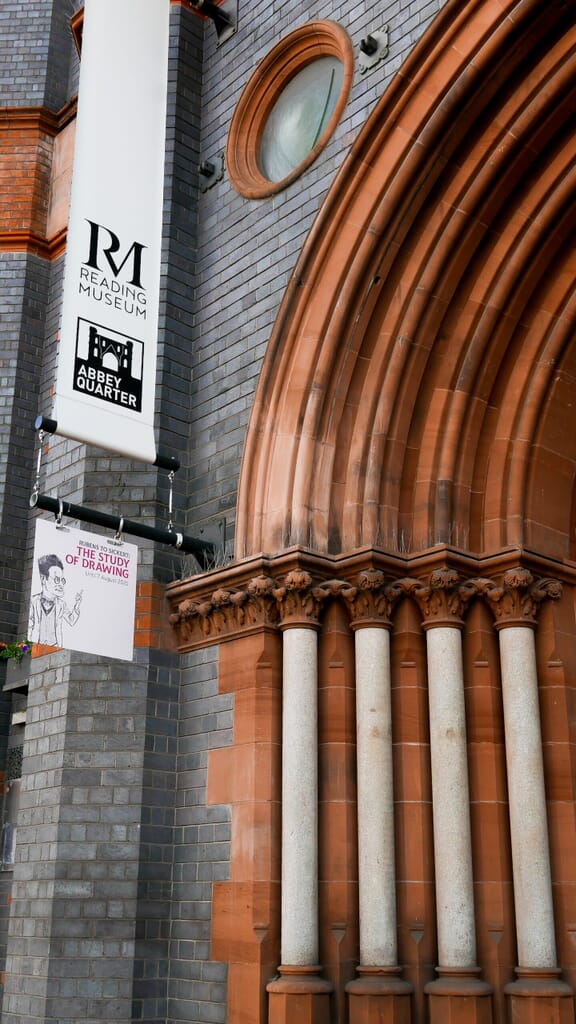
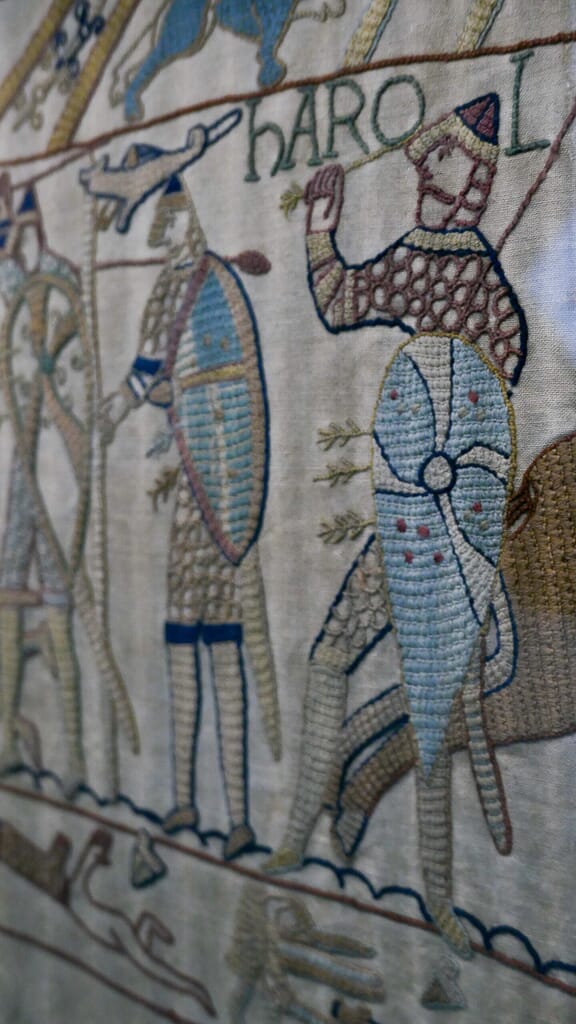
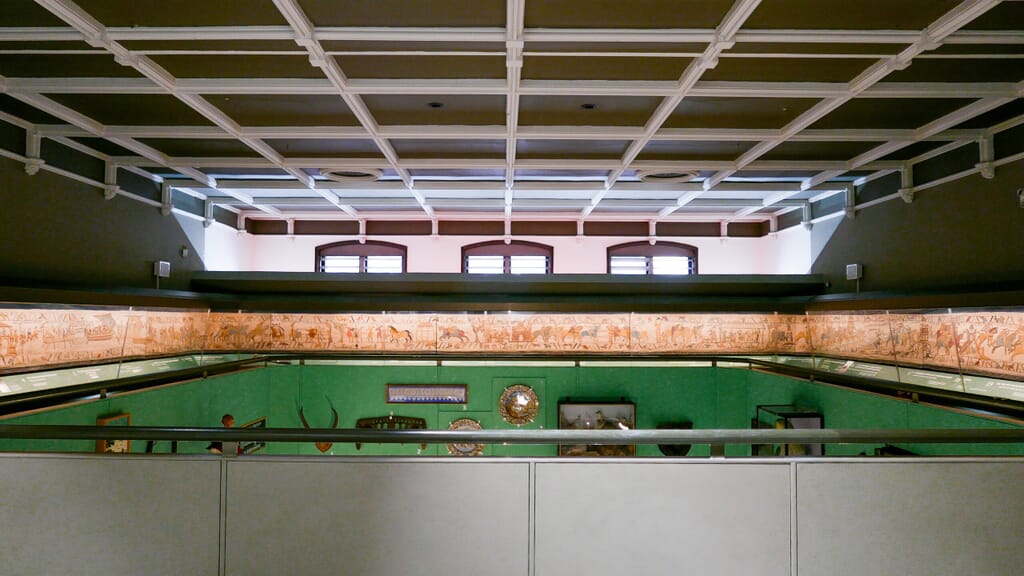
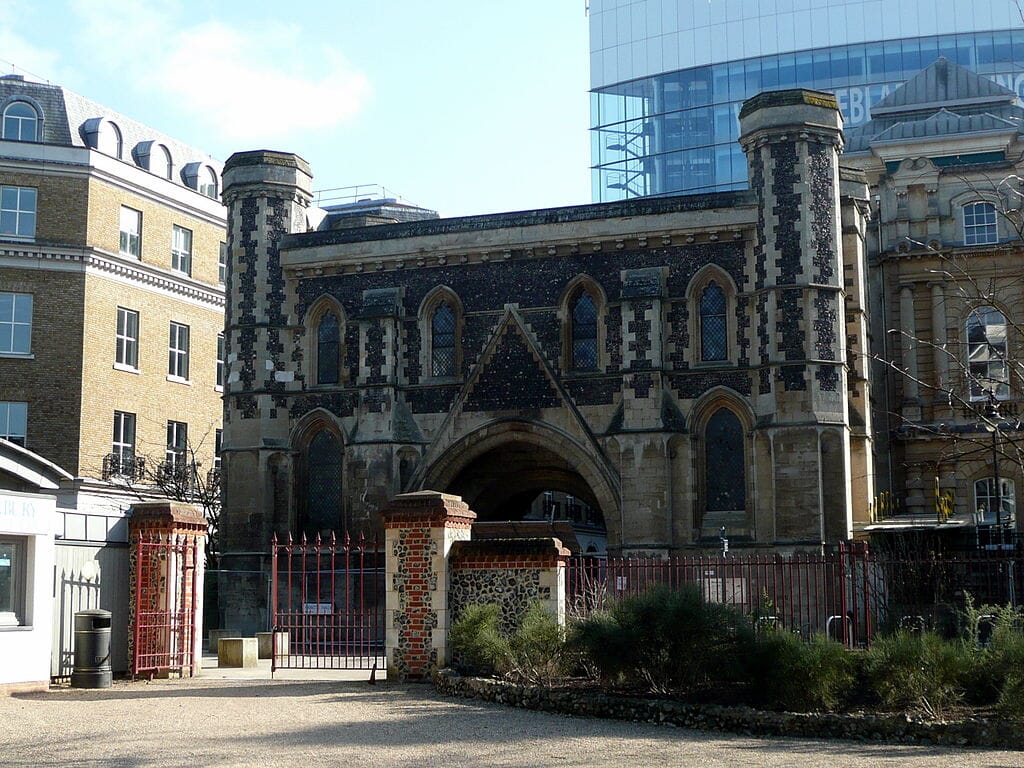
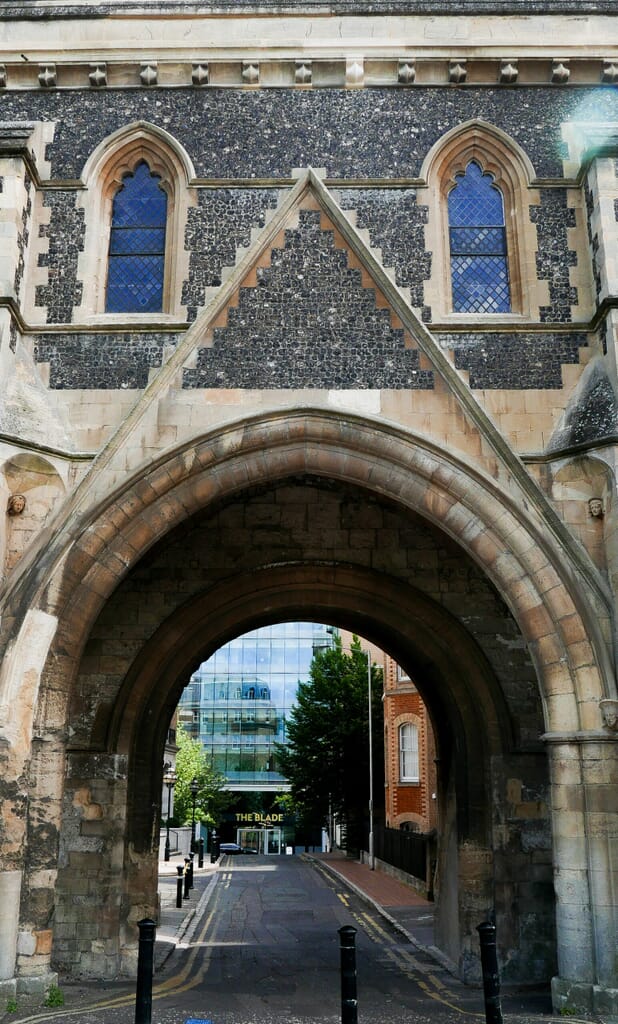
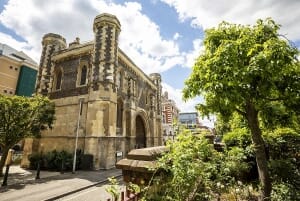
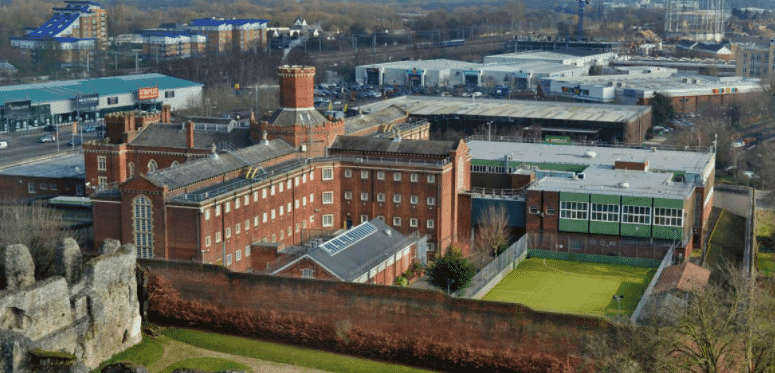

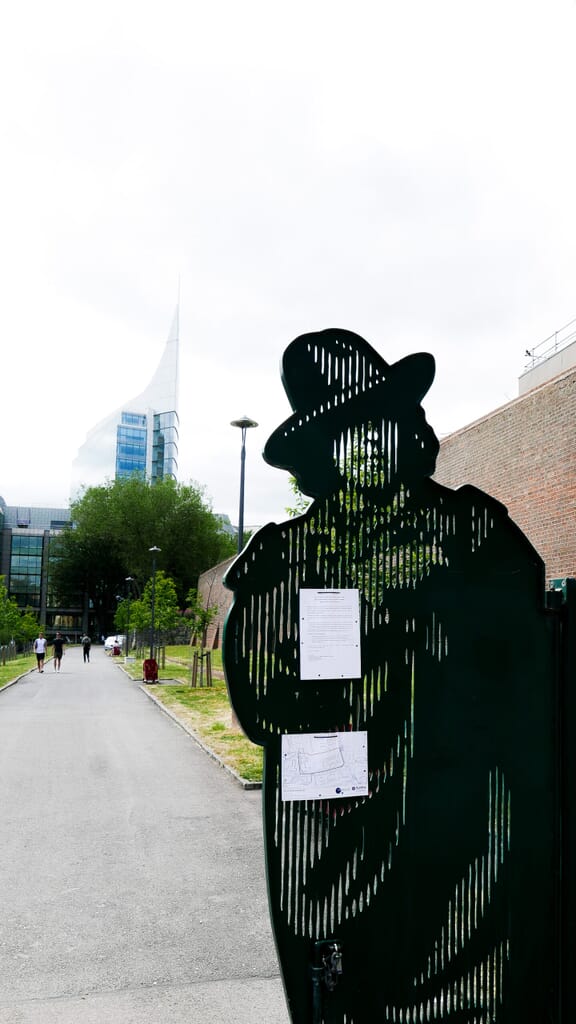
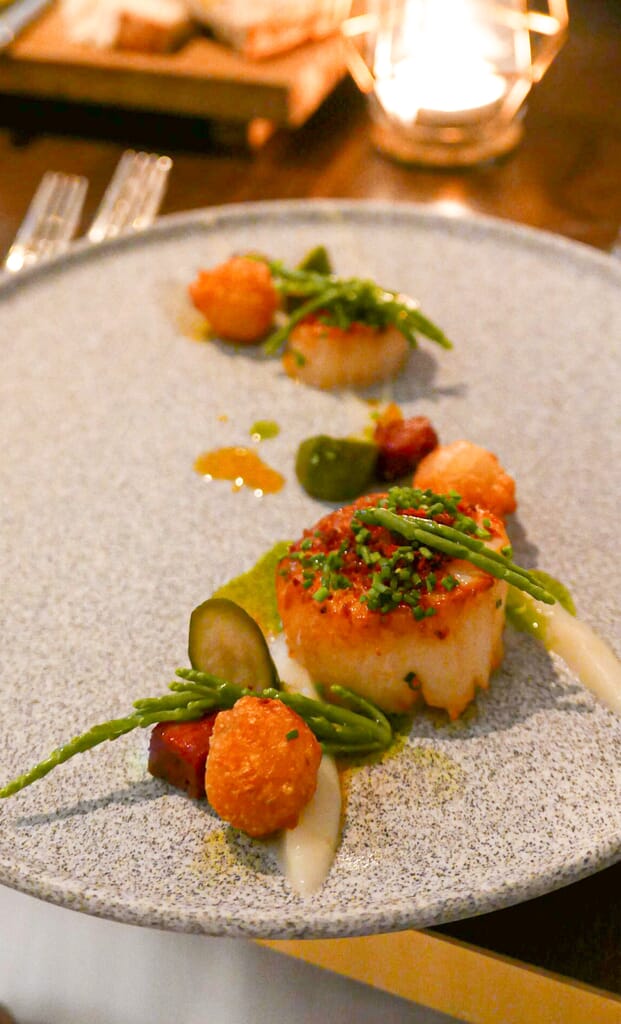
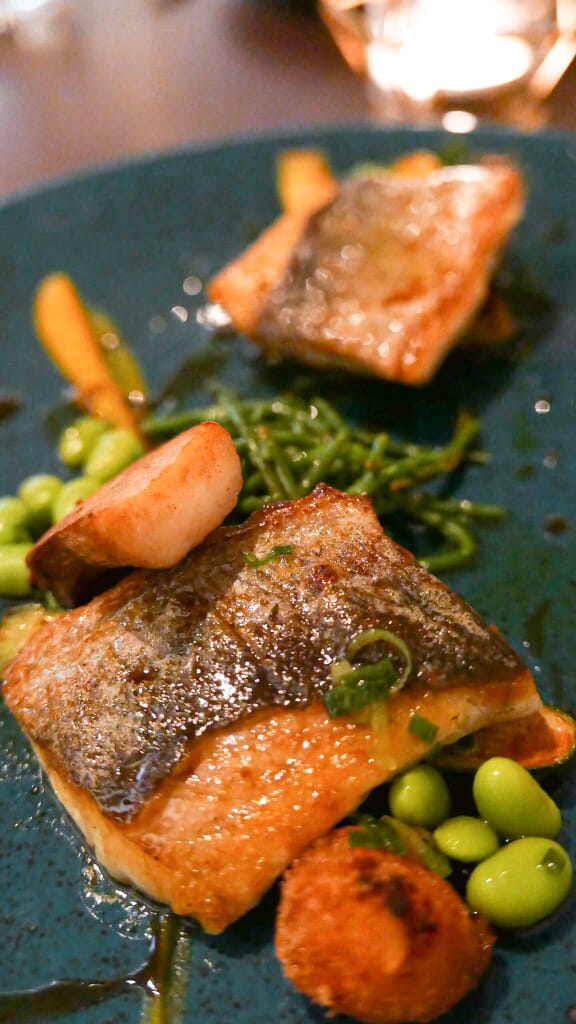
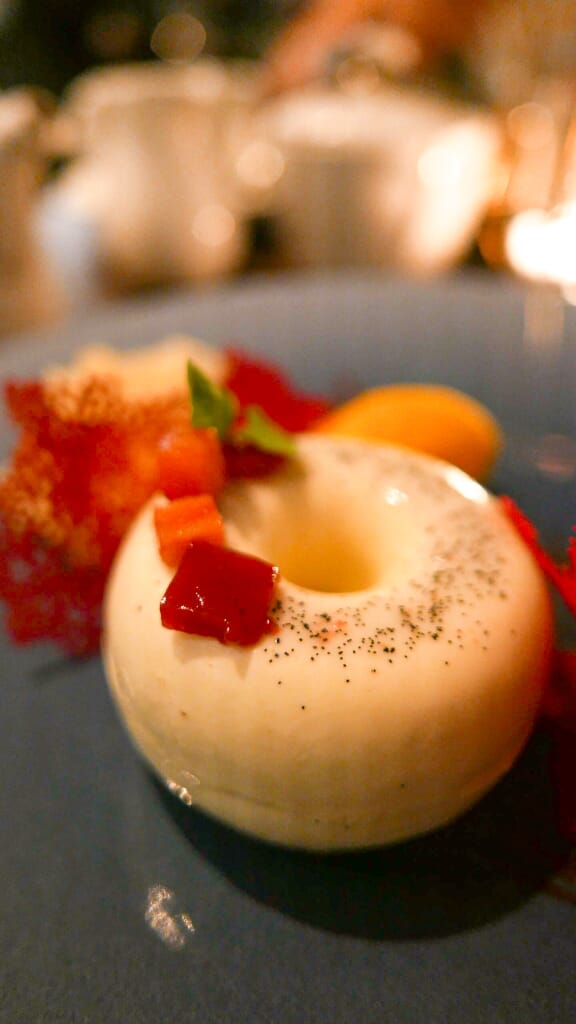
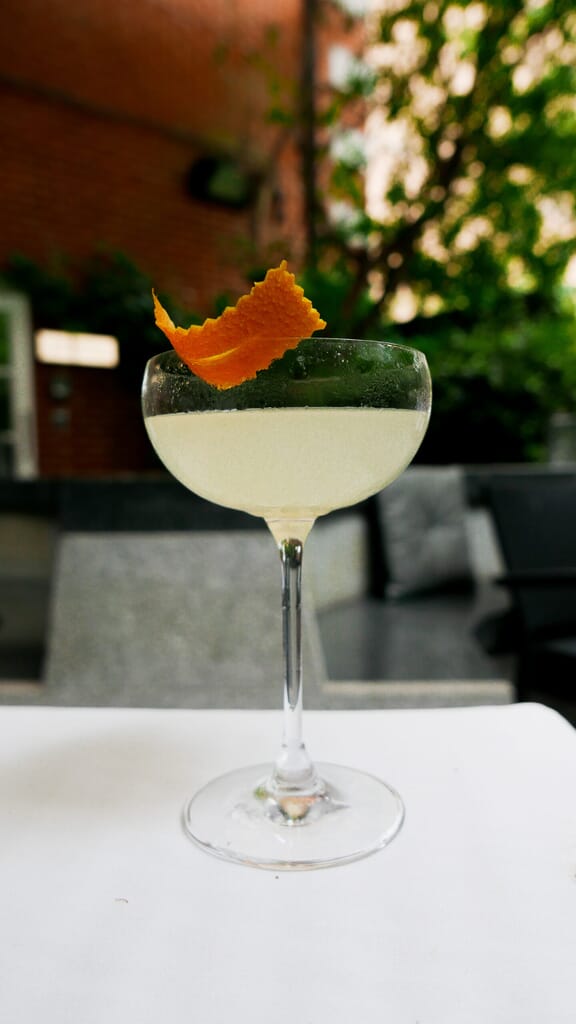
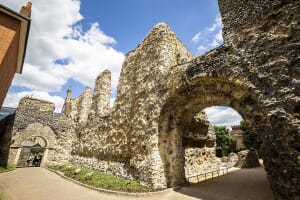
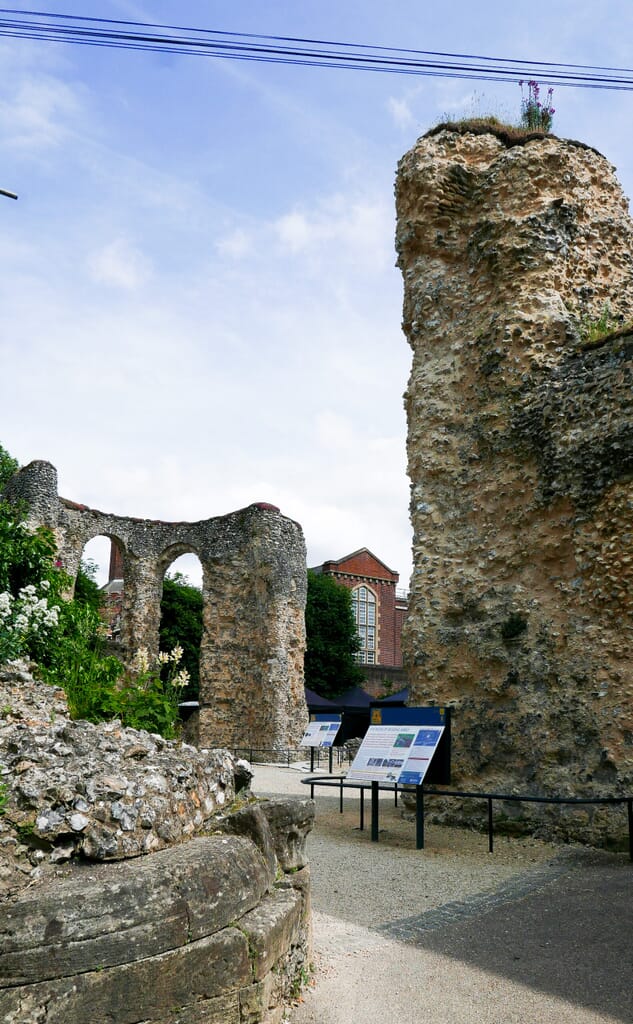
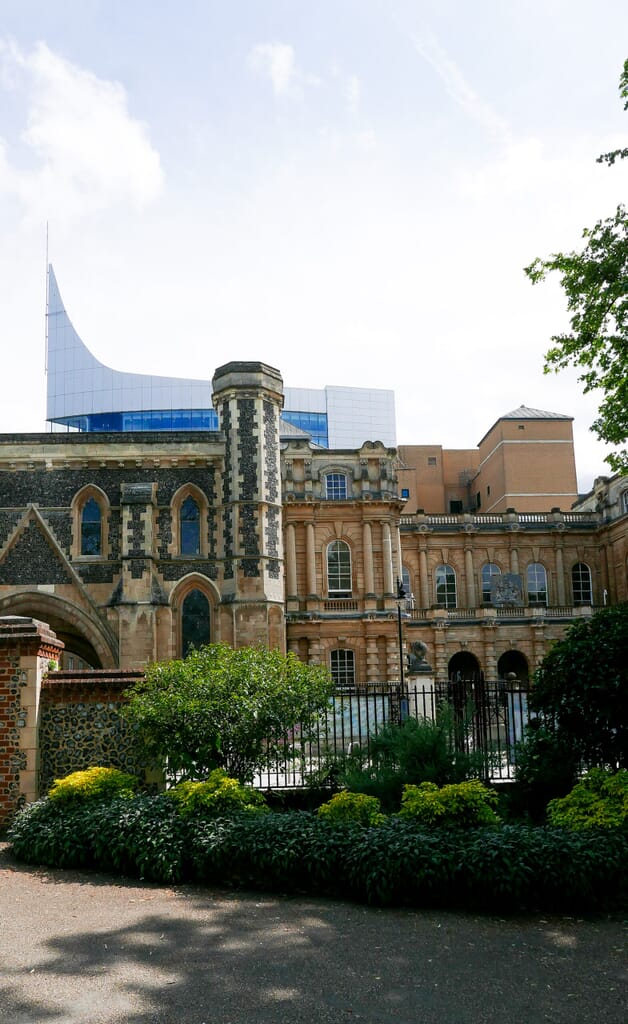
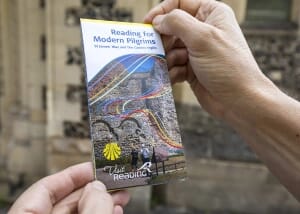
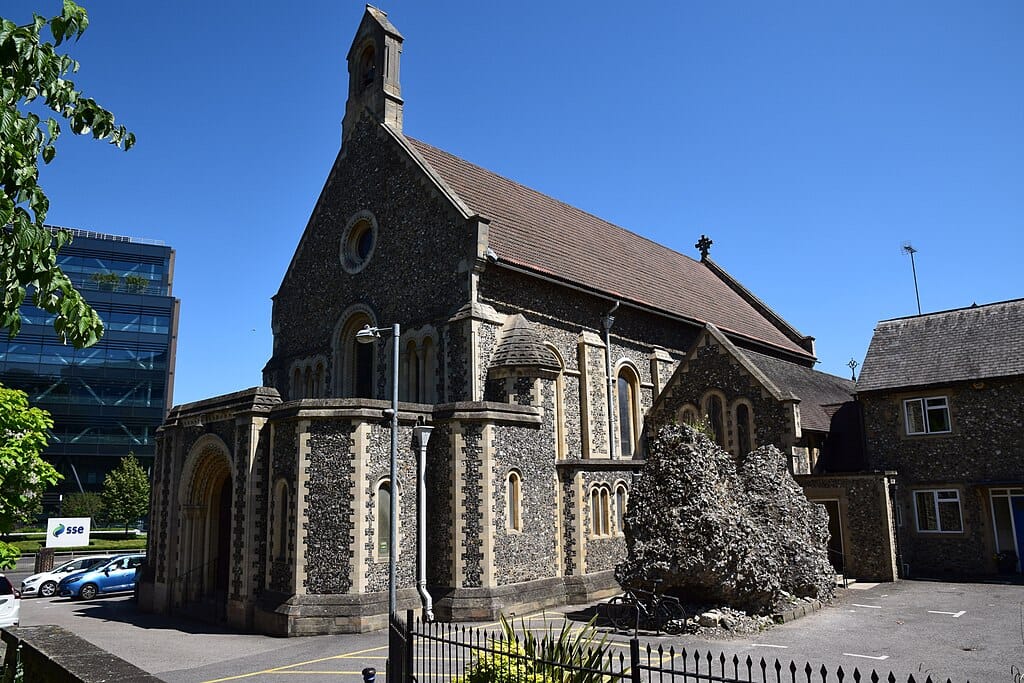
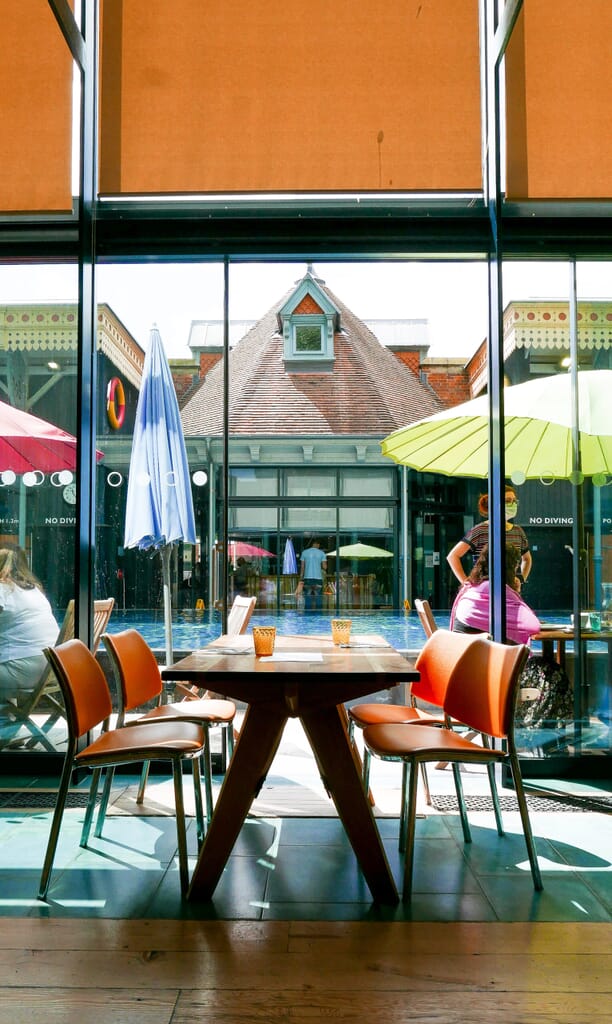
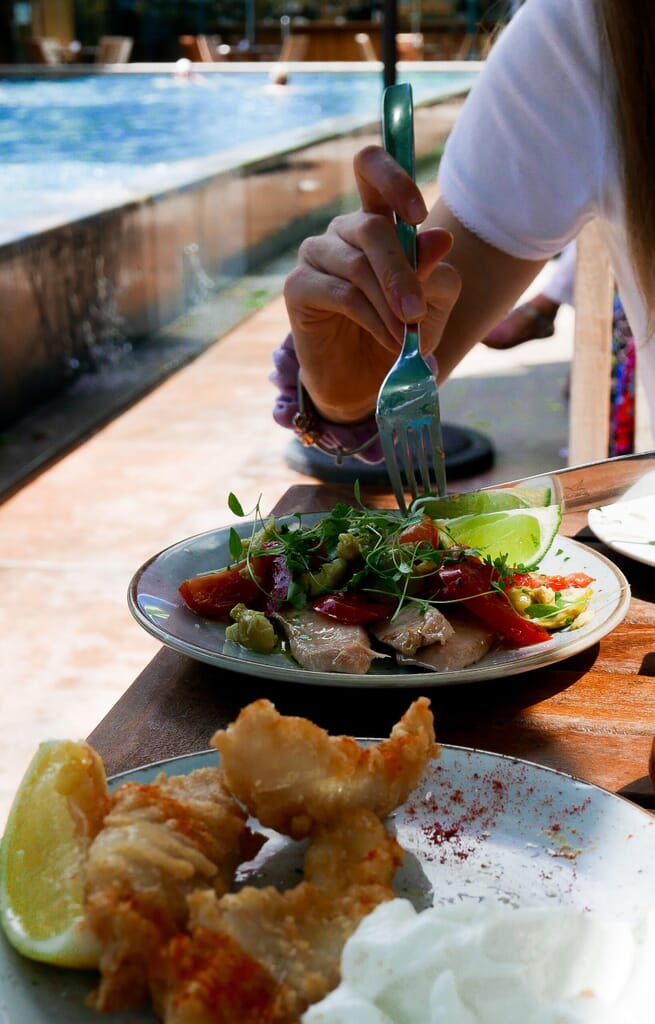
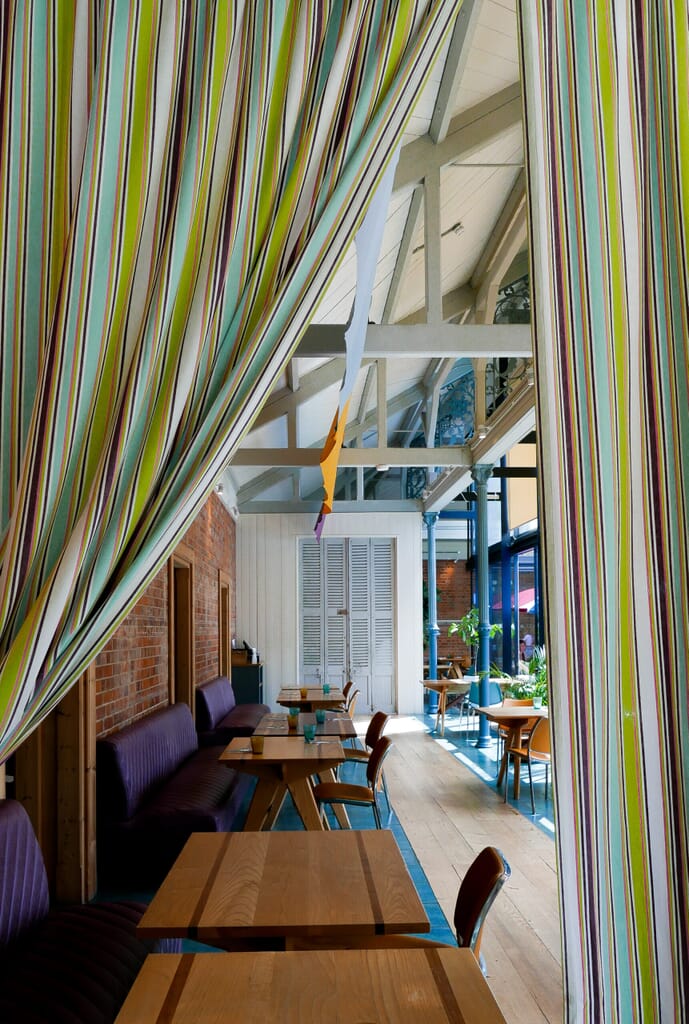
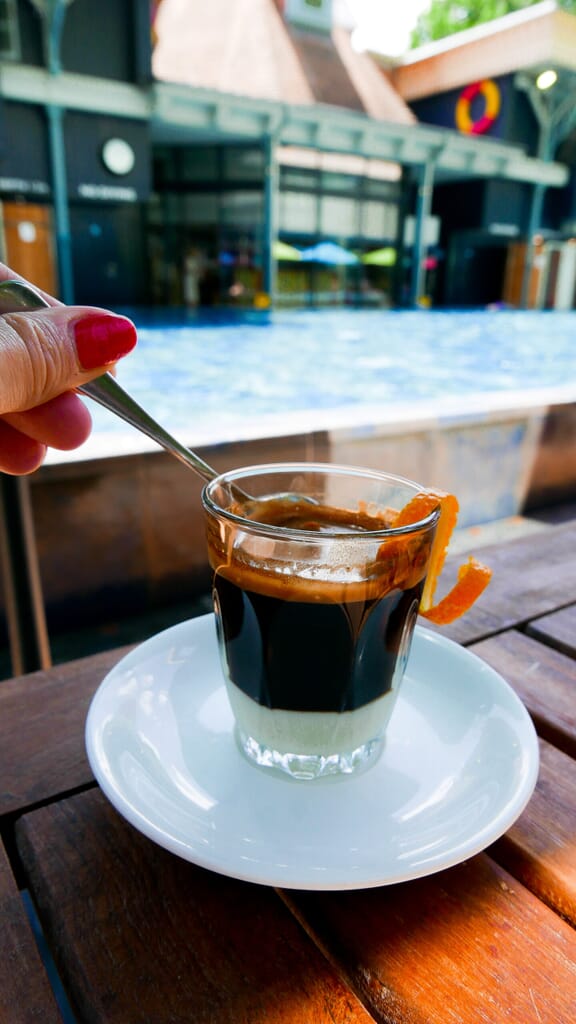
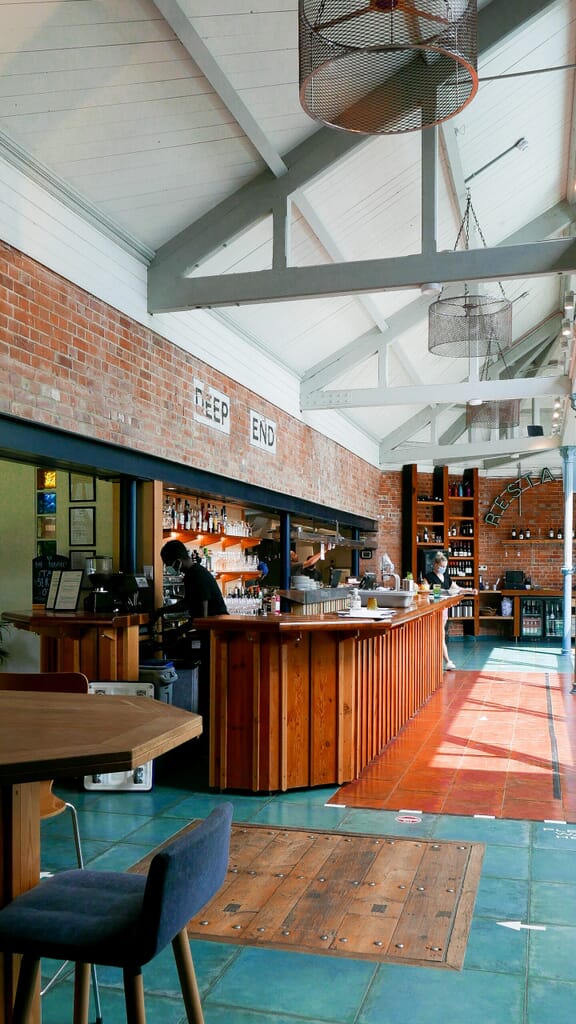
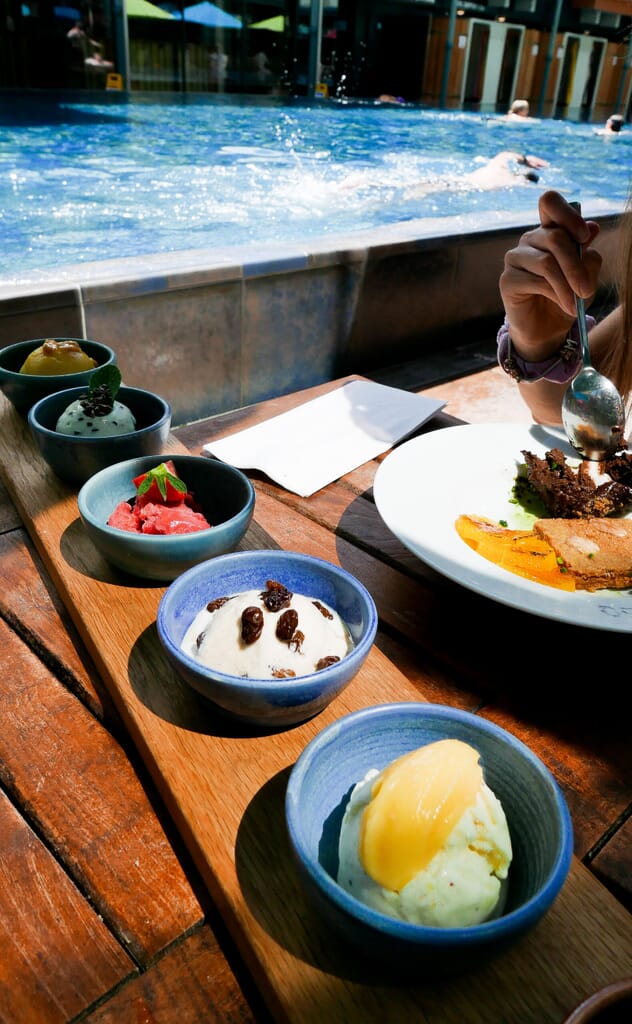
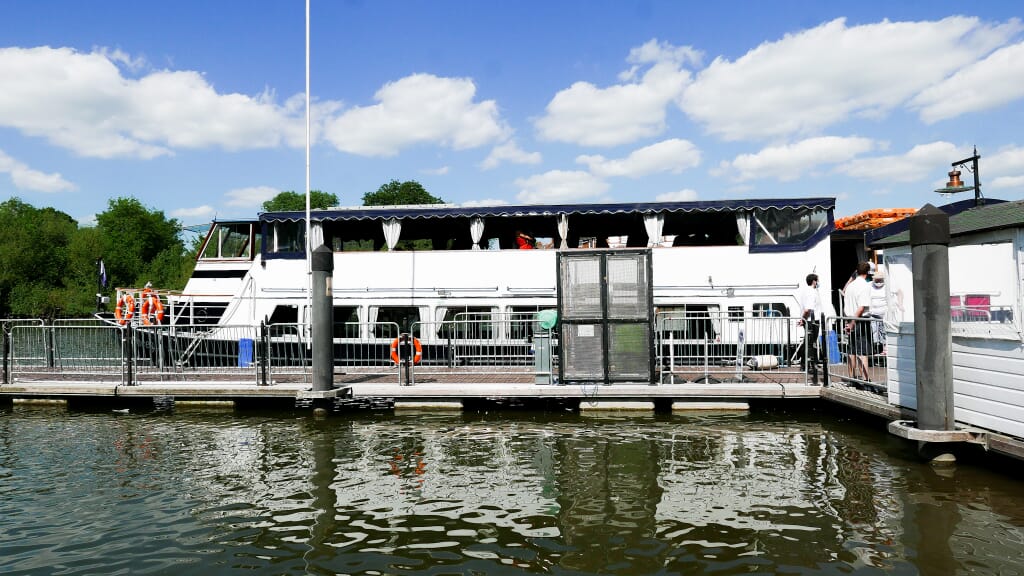
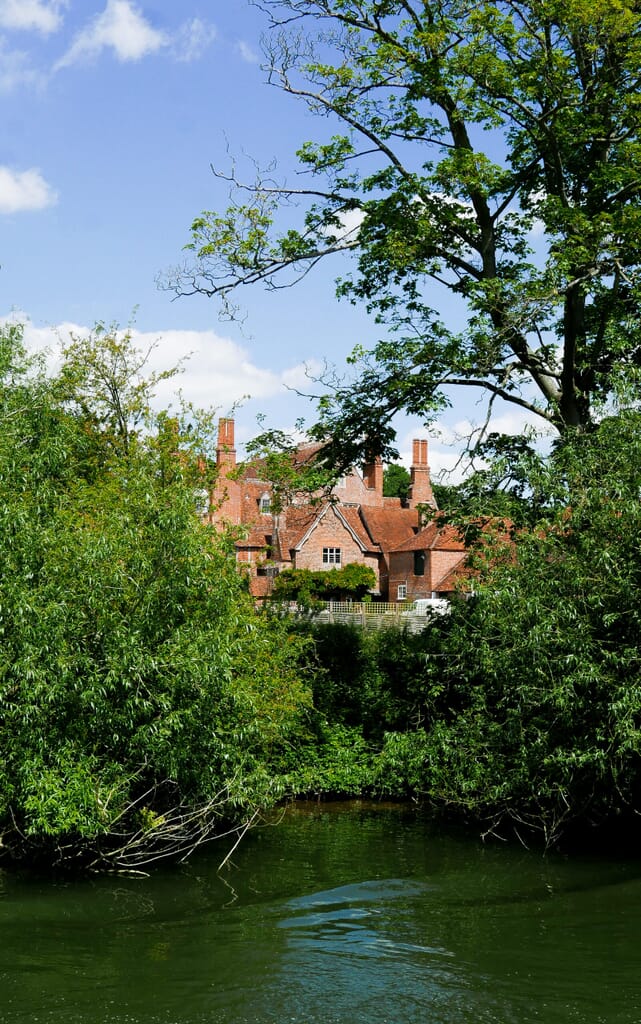
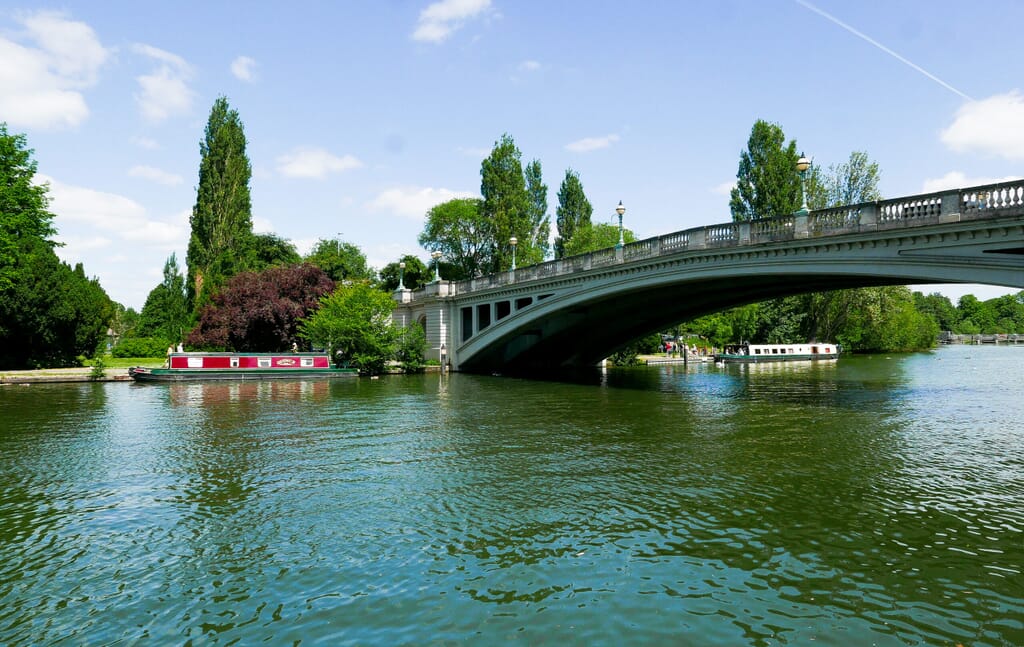
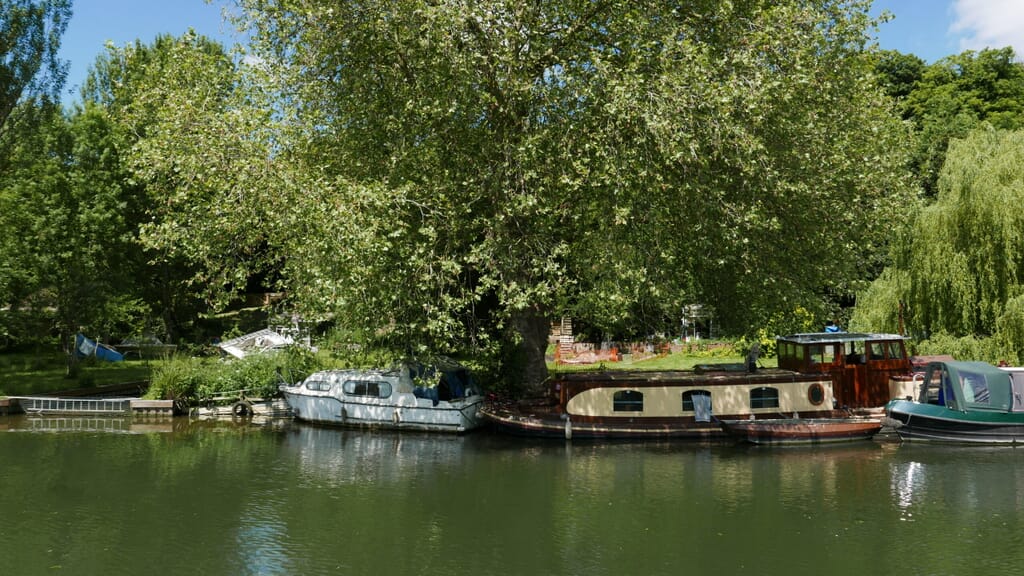
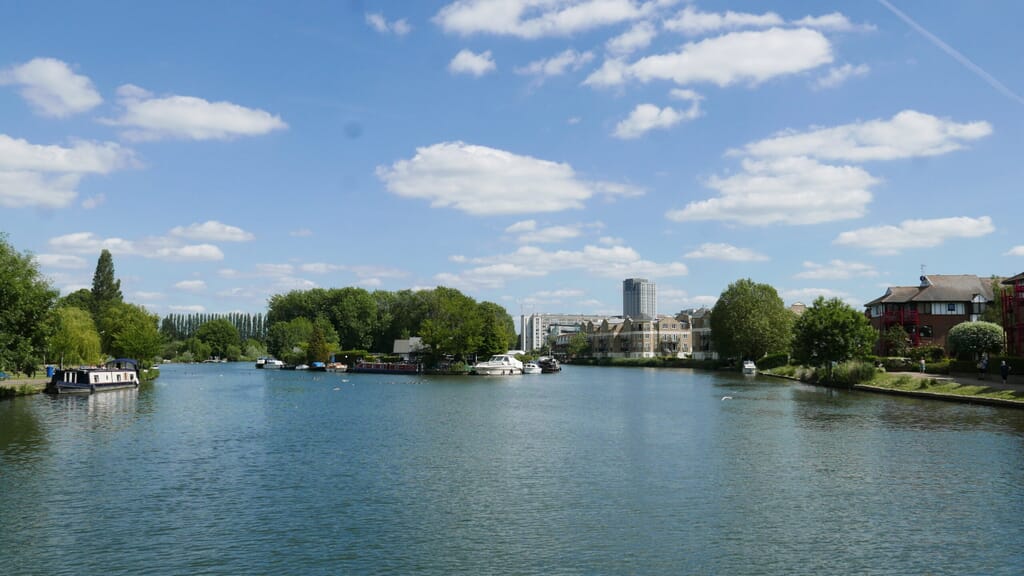
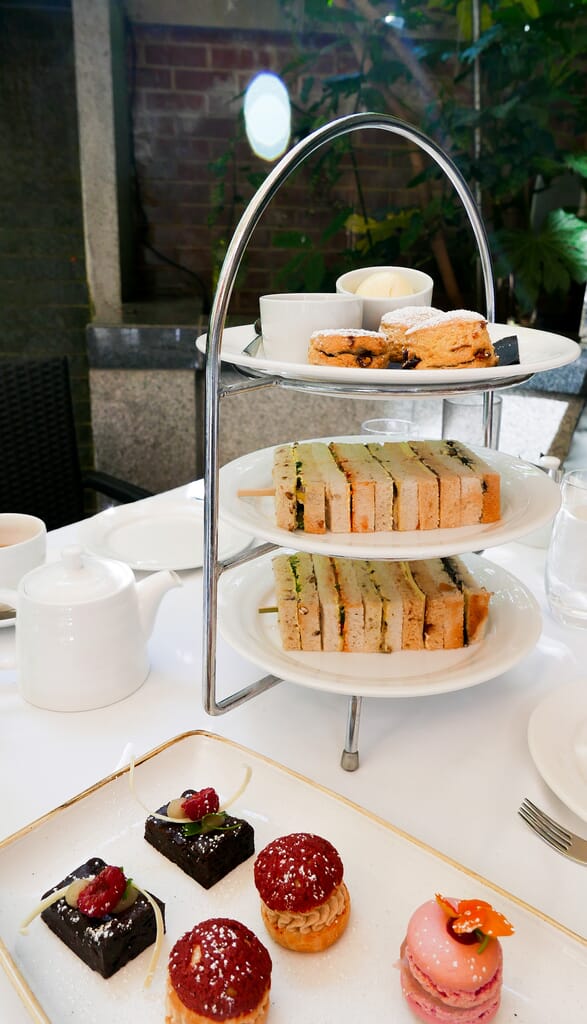
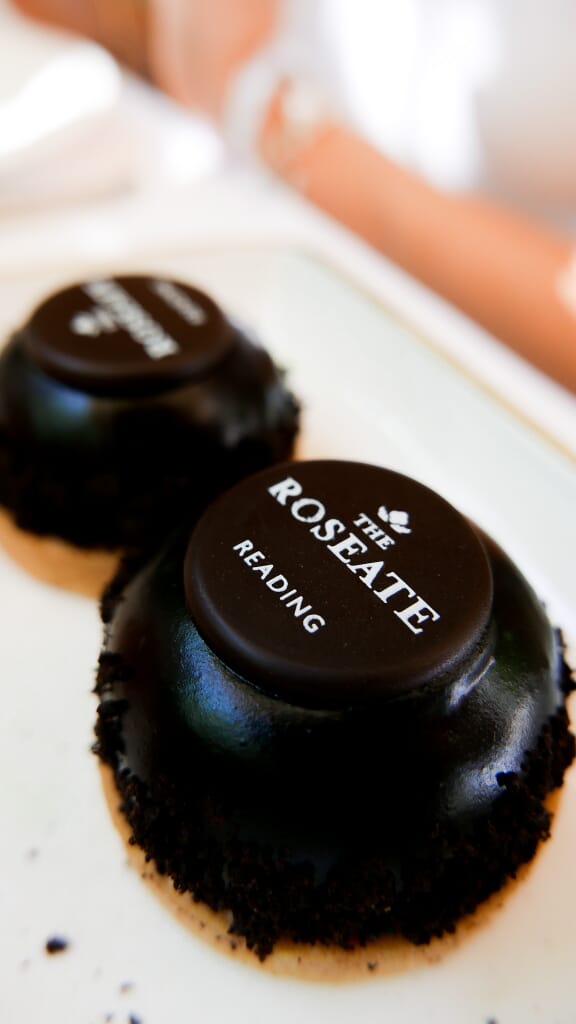


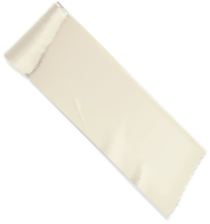




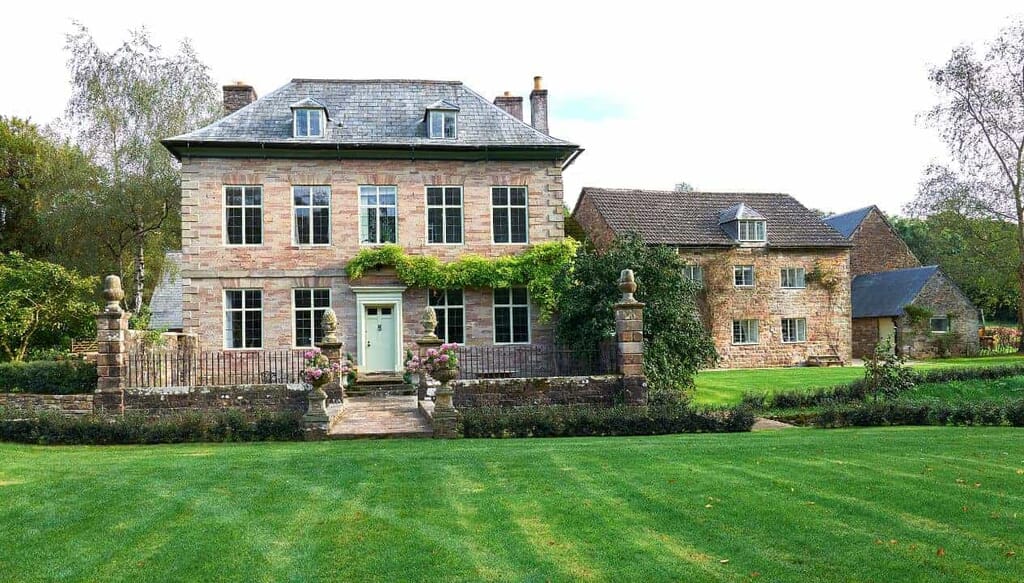

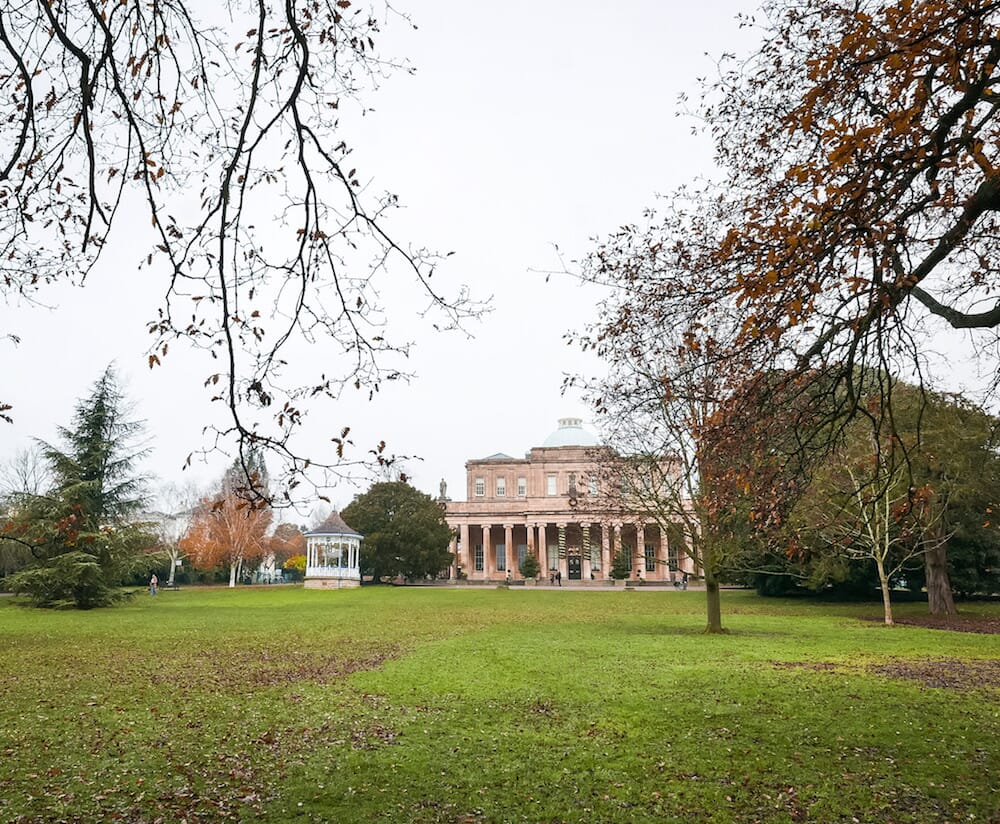
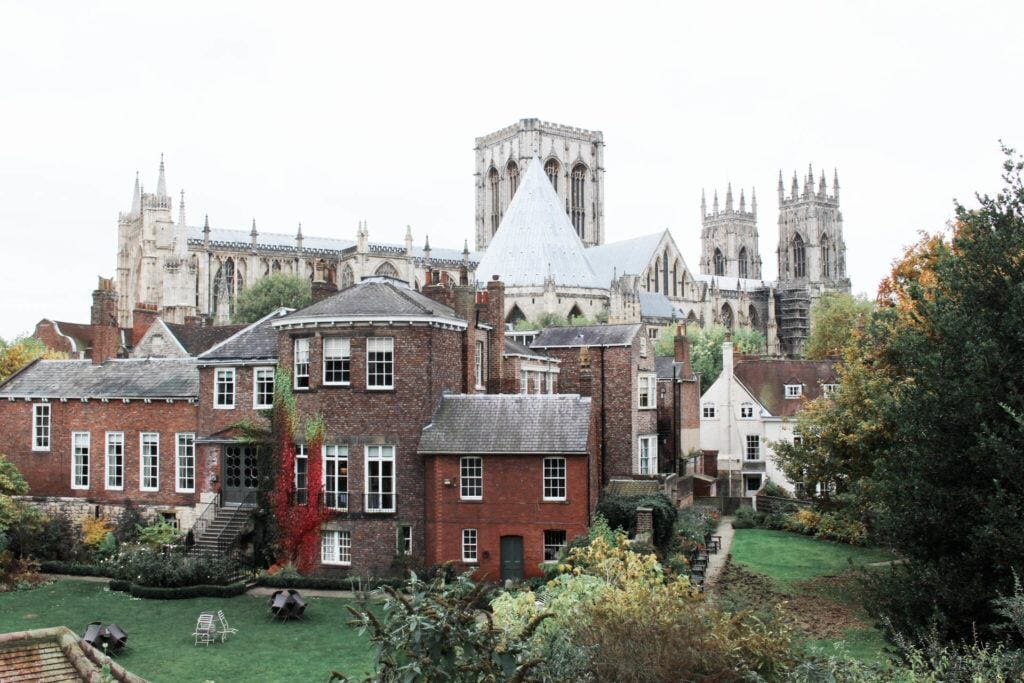
Leave a Reply